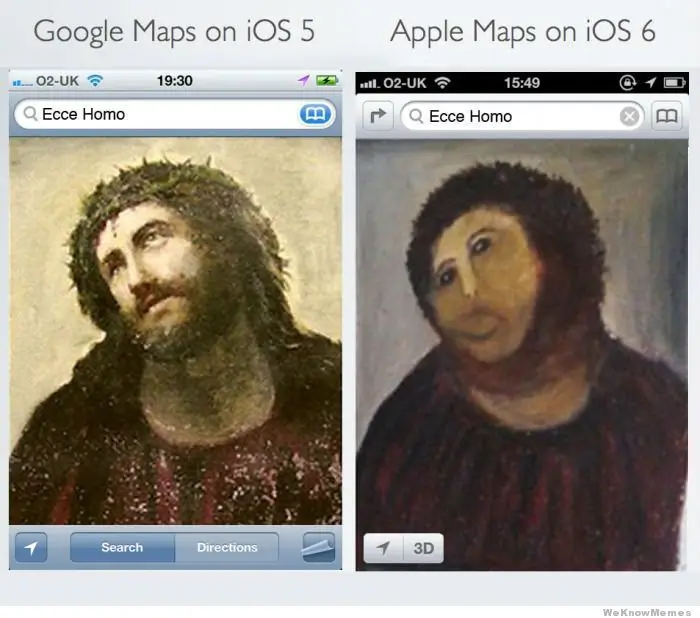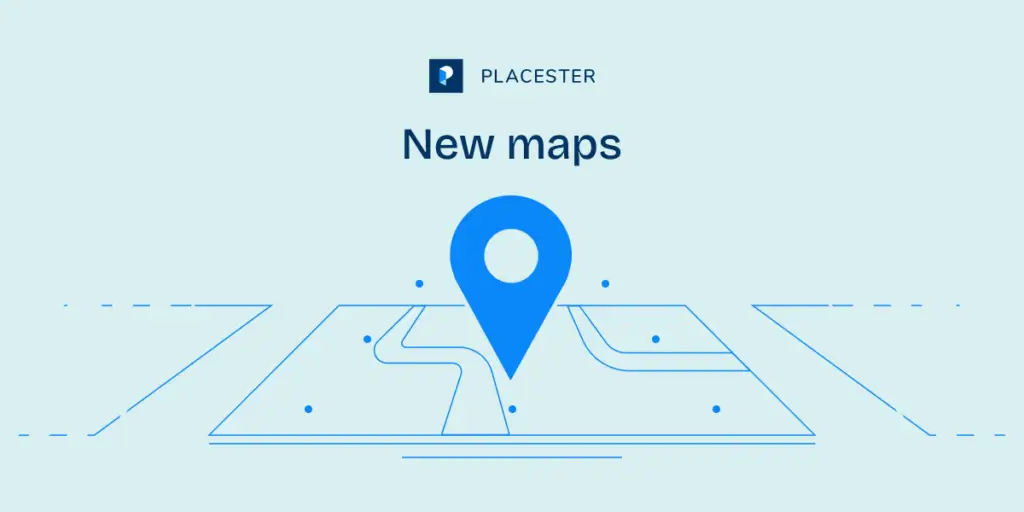
Well, the day has finally arrived: after months of anticipation, the iPhone 5, with its larger screen and sleeker design, has made it to Apple stores.
Unfortunately for Apple, response to iOS 6, the new operating system that comes preinstalled on the iPhone 5, has been critical. The problem: the newly minted Apple Maps, which replaces Google’s app as the native mapping client. While it’s not doing them any favors, Apple’s misstep has much to teach business owners who are looking to switch up their real estate marketing tools and strategies.
How Apple Lost Its Way
Over the last decade or so, Apple has benefited enormously from creating a one-stop shopping experience: our sleek devices, our intuitive apps, our popular formats, nothing else. It’s a closed system: Apple’s designers and engineers create products that integrate with other Apple products, and it’s that limited scope that makes them work so well.
Mapping, on the other hand, is an entirely different proposition. A good maps application can’t come from a closed system because it has to integrate with massive amounts and multiple types of data—and data is what defines Google as a company.
Google’s success doesn’t come from controlling: it comes from collecting and communicating all the different kinds of information that consumers are looking for. It’s a far messier business model, but Google makes it look easy. It’s only when an outsider tries it—namely, Apple—that we understand just how messy it can be.
Be You, Above All Else
So how should Apple’s misstep inform your decisions when it comes to marketing? First, don’t lose sight of who you are and what you’re good at. If you’ve spent the last 20 years building your business through word of mouth and print advertising, suddenly shifting your entire marketing model to content marketing and social media probably isn’t the best idea.
Even if you’ve taken the time to learn all the ins and outs of web marketing, that doesn’t mean you have to compete with everyone else in every way. Knowing what to do isn’t the same as doing it. Sure, you’ll save some money by cutting ties with your SEO firm or your web designer; but while those people have developed an infrastructure and a whole host of resources for their jobs, you’ll be starting from scratch—and as Apple Maps’ example shows, this can be pretty deadly.
Finally, you need to think about what’s right for you and your customers, irrespective of market trends. Are people clamoring for you to start a blog or build a crazy-complex website? If not, you’ll be wasting precious time and money working on it, and your business will continue to suffer once it’s done.
Will Apple Maps recover from all the criticism (and mockery) it’s sustained so far? Perhaps. Apple certainly has enough money to throw at the problem. Unfortunately, most of us don’t, which is why we should think twice before throwing away what works in the name of progress.



